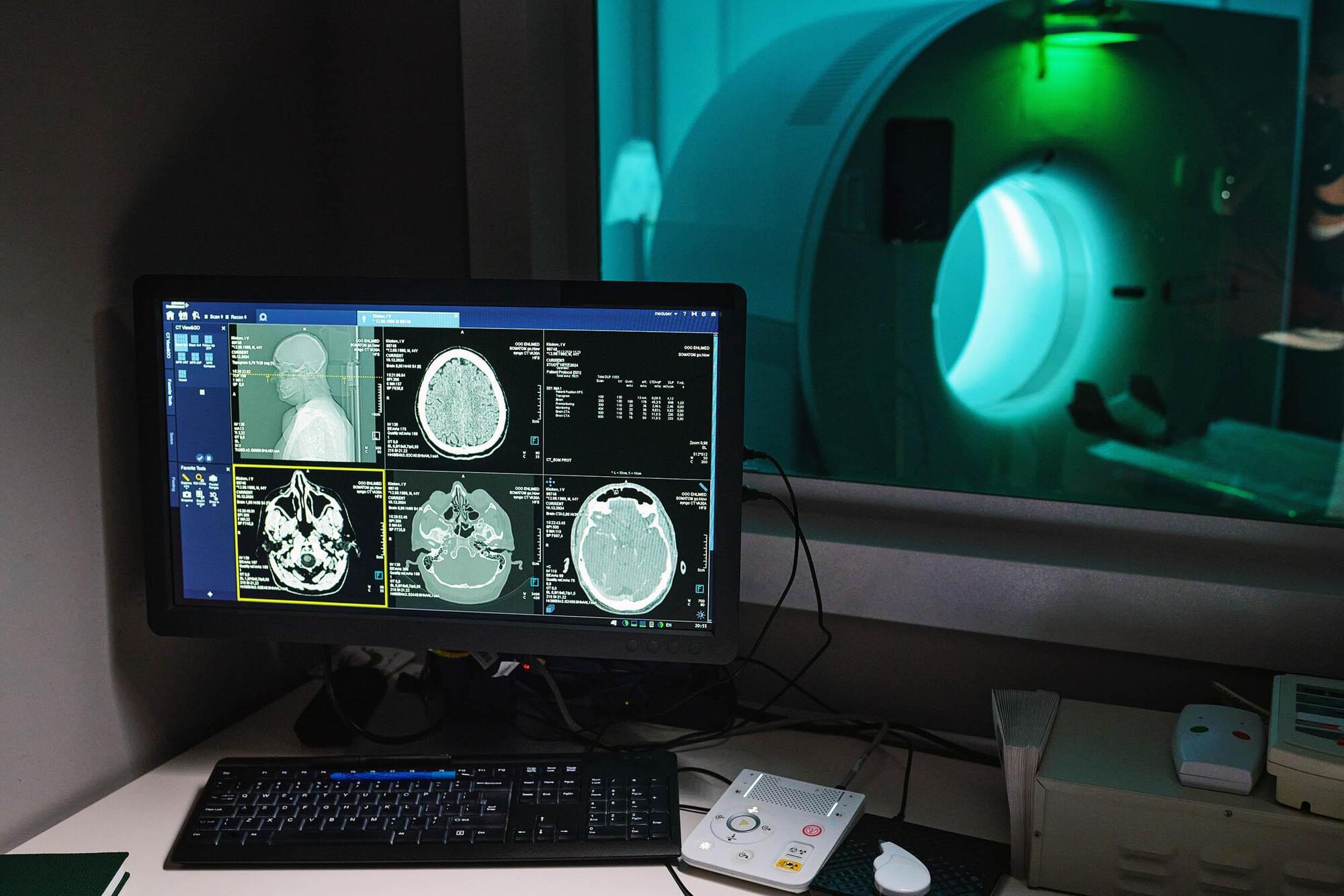Although scientists have made progress using brain-activity scans to convert the words we think into text, translating the rich, complex images in our minds into language is still far more difficult, says lead author Tomoyasu Horikawa.
Horikawa calls this approach “mind captioning” because the system turns distinct patterns of human brain activity into short text captions.
Earlier experiments often used the label “mind reading” and focused on easier tasks, such as guessing which object someone was viewing from a short list or matching brain activity to spoken words.







